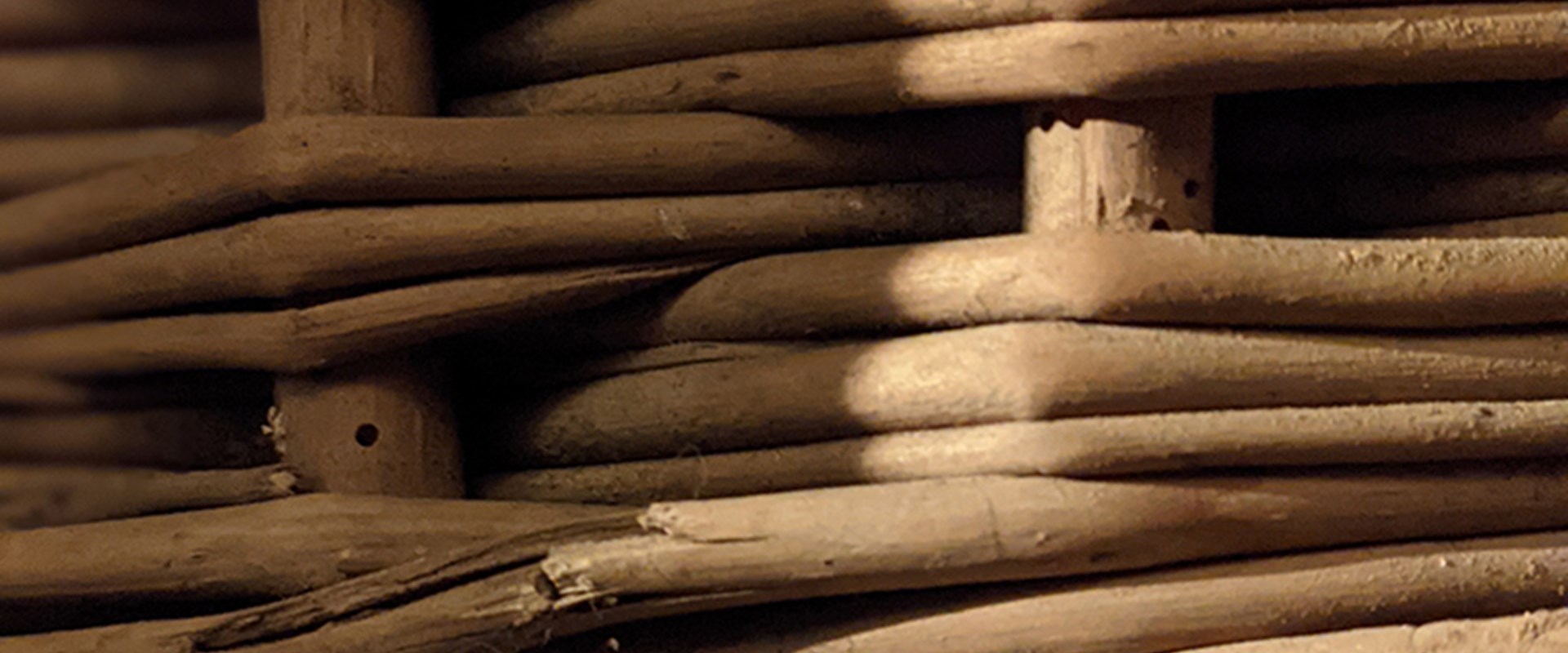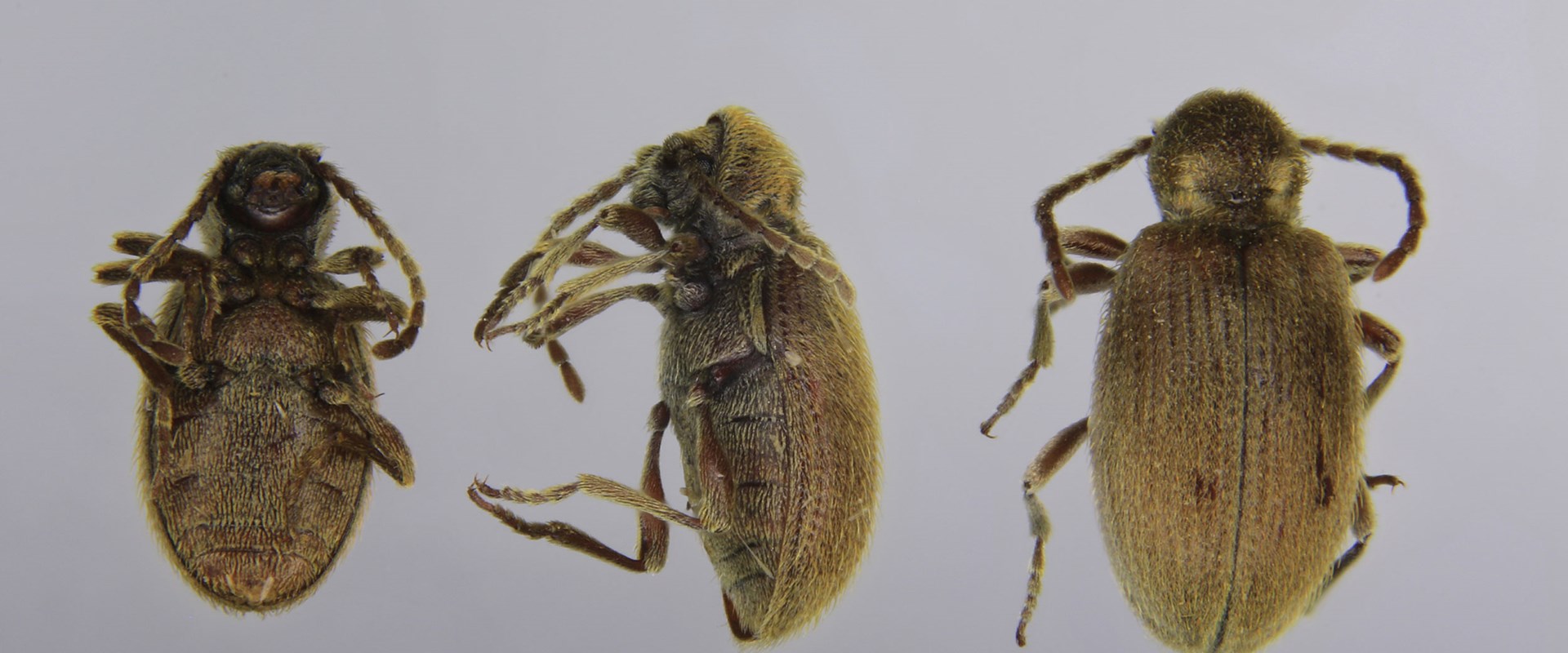Key in a search term below to search our website.
Key in a search term below to search our website.

The best way to prevent infestation is to stop pests entering your collection. This is most effectively achieved by pest proofing and maintaining buildings, limiting food sources, and quarantining collections at point of arrival.
The steps set out below require all those who work in your buildings to play a role. Find a way to share this information with them and consider using posters or notices to remind people of what to do in specific areas, for example “Don’t feed the pests” posters in collection stores explaining why there is no eating in collection areas and who to contact with questions.

Ensure that:

Ensure you have regular cleaning regimes in place throughout your buildings and particularly in collection areas. Identify any spaces that are hard to clean including what's known as ‘dead spaces’. These can be areas under plinths in galleries or behind cabinets in stores.
Dead spaces can become a haven for dust and attract pest activity, so it is important to find a way to access and clean these areas on a regular basis. It may also be useful to highlight areas of buildings which are prone to damp or leaks, such areas may experience high humidity levels, resulting in an ideal climate for pest habitation.
Where resources are tight, a programme of focused annual deep cleans with a dedicated team and the right equipment to access hard to reach areas is a good way to ensure all areas are cleaned at least once a year including dead spaces.
When cleaning use equipment that will remove dirt, for example vacuum cleaners and microfibre cloths, this will ensure you remove dust and debris rather than simply transferring it from one area to another.
Consider how human food is consumed and stored in your buildings. Designate specific areas for food storage and consumption (staff and public) and implement strict and regular cleaning regimes in these areas. Ensure food is stored in air-tight containers to prevent rodents and insects accessing it.
Think about other materials that might come into the building, for example craft materials for events, or that jumper hanging on the back of the office door for when the heating breaks.

Quarantining is the act of isolating objects or materials from the rest of the collection, until you are satisfied the risk of them carrying any infestation is reduced to an acceptable level. Always consider:
The method by which this is achieved will depend on what the item or material is, where it has come from and its destination.
At National Museums Scotland our collection is particularly vulnerable to a range of pests. For this reason, we implement strict quarantine protocols for anything moving into any collection area including a collection store, conservation laboratory, photography studio or a gallery, regardless of material or originating location. We consider shop items and educational materials on a case-by-case basis.
Objects and items entering quarantine can be managed in a number of ways:
Packaging material can also harbour pests. At National Museums Scotland, when we process objects through quarantine, we remove packaging if we think there is a chance it could be infested. Clean objects are packed in clean materials before they leave quarantine. Or, where we are treating collections by freezing them (low temperature treatment) objects are frozen with the packaging. Packaging from external sources can be frozen, even if the object cannot be treated in this way, and then this packaging can be re-used.

Consider the pest risks associated with your collection to inform what items should pass through quarantine taking into account the type of collection you care for and how attractive (and vulnerable) it is to pest.
Consider what treatment protocols you need and any equipment or training required to implement these. If your resources are tight, see if you can send objects out for treatment if required or hire equipment short term. At National Museums Scotland, we hire additional freezers when we need to treat large groups of collections moving into or between stores.
Set up a quarantine area, or areas, to receive, check and treat items before they move into collection areas. At National Museums Scotland we are lucky to have a dedicated quarantine room with equipment and space to act as the primary quarantine area for the majority of our collection. However, you do not always need a large area. You simply need a space you can check and, if necessary, seal an incoming object in polythene until you are sure it is pest free. This will allow you to prevent spread of any possible infestation to the rest of the collection which is the principle aim of quarantine.
The principle things to have in your quarantine area are: a clean space that is easy to keep dust and debris free; a table or bench to inspect items; pens and labels to document items moving through quarantine; tools to unwrap and wrap items; clean packing materials and polythene; sealed waste bins to isolate dirty unusable packaging materials; and if you have space, racking to hold wrapped isolated objects. A torch or work light and magnifier are also useful tools to have.
A Product of the Integrated Pest Management Working Group, this is the website for the American group of Heritage Pest professionals. They also have a Facebook page where they stream their conference.
A select bibliography of IPM publications and conference proceedings.
Birmingham Museums have developed this resource which includes advice and clear photos of insect pests, with examples of damage.
English Heritage offer advice and guidance on insect pests and have factsheets and posters with further information about different species.
This text by David Pinniger and Dee Lauder includes colour photos and case studies.
Written by David Pinniger, this is another key text on the subject with clear drawings and good, practical advice about setting up a pest monitoring programme.
- Birmingham Museums have a very good website called What’s Eating Your Collections? This has lots of advice and clear photos of insect pests, with examples of damage.
- English Heritage offer advice and guidance on insect pests and have some very good factsheets and posters with further information about different species.
- ‘Pests in Houses Great and Small’ by David Pinniger and Dee Lauder: this is a key text with some good colour photos and case studies.
- ‘Pest Management in Museums, Archives and Historic Houses’ by David Pinniger is another key text on the subject with clear drawings and good, practical advice about setting up a pest monitoring programme.
In addition to this self-guided training we provide other services including webinars to give you an opportunity to ask questions and meet our experts. Please contact us for more information.
Email partnerships@nms.ac.ukThese training pages are licensed for reuse under a Creative Commons Attribution-NonCommercial-ShareAlike 4.0 International License.
We are delighted for you to reuse, build on and publish the training content in these pages for non-commercial purposes. When you do, we ask that you credit National Museums Scotland and share the content under the same licensing terms.